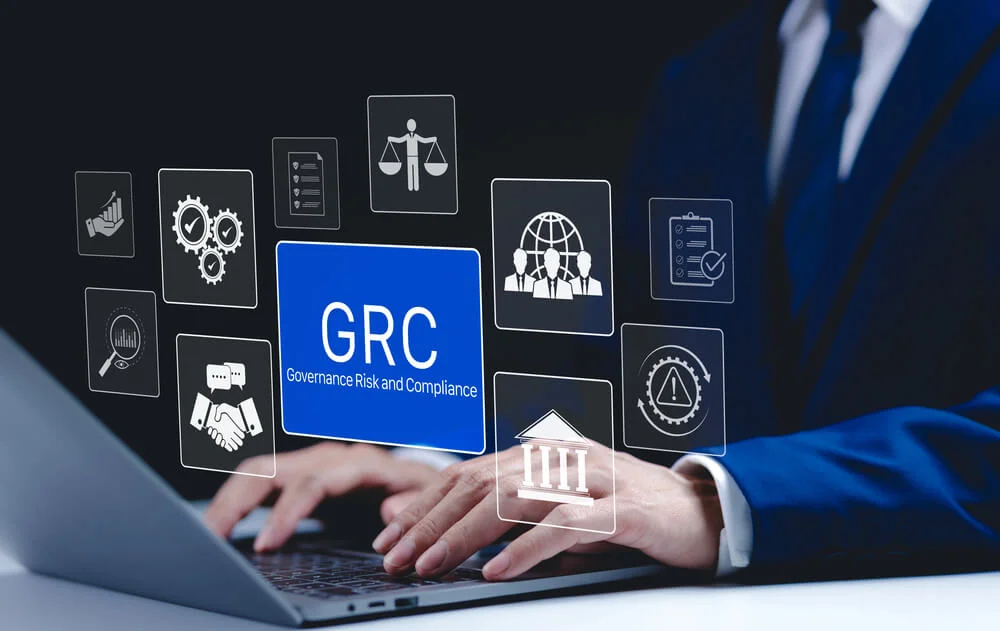Dealing with cybersecurity risks has become a part of everyday operations for businesses and organizations. In the first half of 2022, data breaches affected more than 53 million individuals. These breaches can result in substantial financial liability, loss of reputation, loss of valuable data and, in some cases, legal consequences. How do you conduct a cybersecurity risk assessment to avoid data breaches?

How Do You Conduct a Cybersecurity Risk Assessment?
Before you address any security flaws in your systems, you must first identify what your risks are. A cybersecurity risk assessment is a multi-step process that identifies the risks you need to mitigate.
1. Define the Scope of the Risk Assessment
You could try to assess your entire organization at the same time, but this is usually not realistic. Instead, assessments are usually done on a specific segment of your organization, such as a business unit, a geographic location, or a single aspect of your business, e.g., mobile payment processing. Because most organizations do not have unlimited resources to devote to threat assessments, many companies choose to limit the scope of assessments to only the most valuable information.
2. Identify Threats
A cyber threat is an individual, entity, occurrence, or action that could cause harm to your operations or exploit vulnerabilities to breach your security. There are several types of threats you must consider:
- Natural disasters
- Human error
- System failures
- Adversarial threats
Some of the most common threats organizations face include unauthorized access, data leaks, misuse of information, loss of data, and service disruption.
3. Identify Vulnerabilities
This step of conducting a cybersecurity risk assessment involves finding flaws in your systems that an individual or organization could use to steal, destroy or otherwise harm your data. You can discover vulnerabilities using various techniques and tools, such as vulnerability analysis, audit reports, and software security analysis.
4. Determine the Likelihood and Potential Impact of a Risk
In this step, you determine how likely a particular risk is to occur and what the severity of the potential impact is. Base the likelihood of a risk occurring on how easy it is to discover, exploit and reproduce the relevant threats and vulnerabilities. Base the potential impact on the likely consequences of a security risk.
5. Prioritize Risks
You probably don’t have the resources to attempt to prevent every possible security risk. In this step, you prioritize the most important risks to guard against based on how likely they are to happen, the potential impact, and the cost of preventing them. Your top priority is the risks that are the most likely to occur and have the largest impact on your organization.
6. Document Results
Record the results of your risk assessment in a risk analysis report. You can use this report to develop your cybersecurity plan.
How Do You Conduct a Cybersecurity Risk Assessment With Compyl?
Compyl’s all-in-one information security software helps you conduct a cybersecurity risk assessment by providing continuous monitoring and useful tools, such as risk, incident, and asset registers. Our software allows you to improve your security while growing your business continuously. Contact us today to get started.




